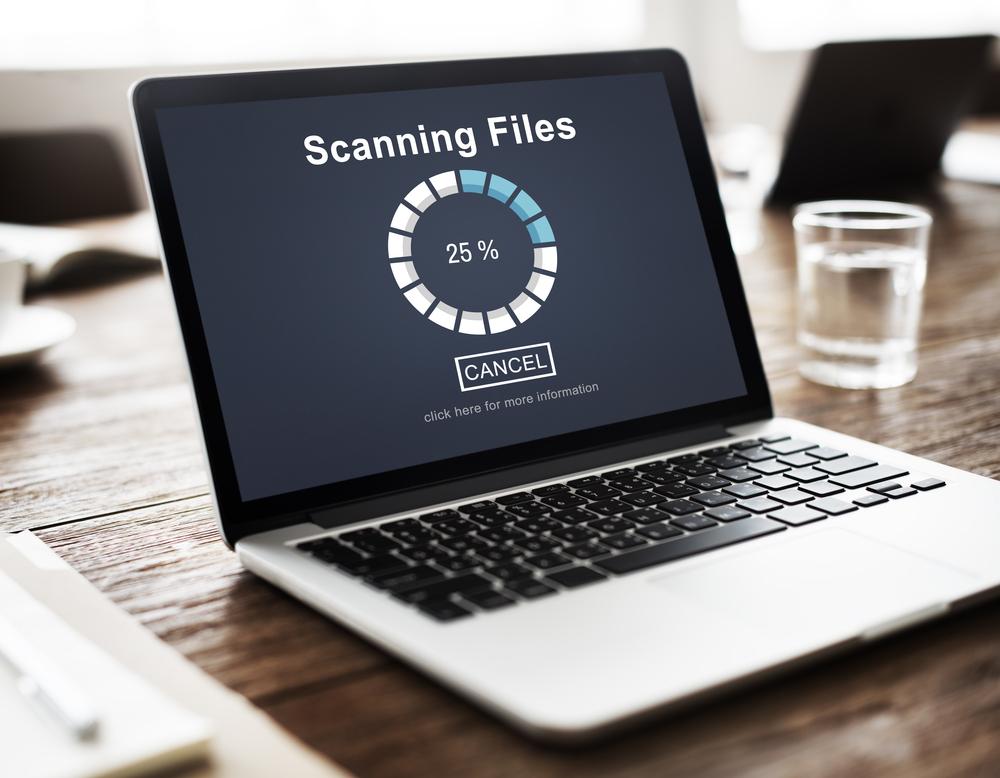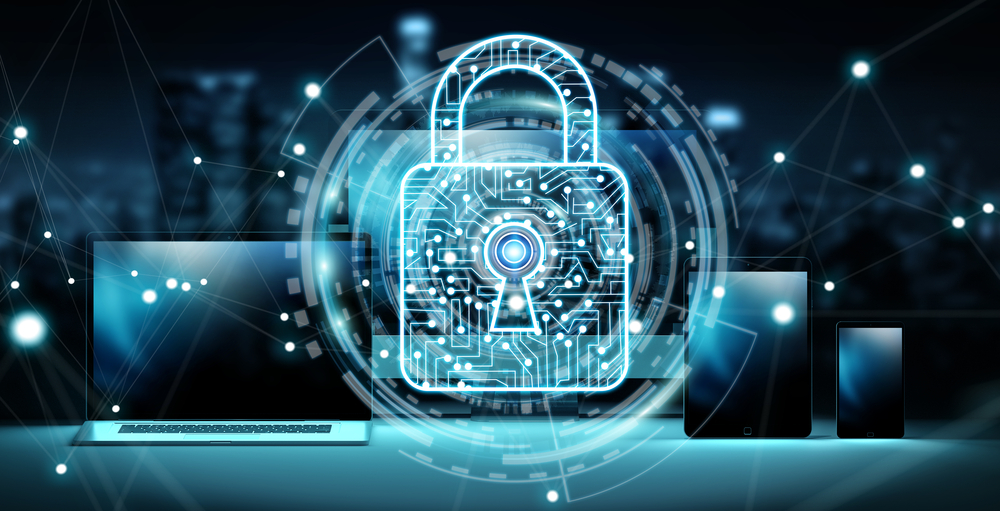Understanding the Differences Between Spyware and Ransomware
Learn to differentiate between spyware and ransomware, two prevalent cyber threats. The article explains their characteristics, risks, and provides practical tips to safeguard your devices. Stay protected against malware with effective security measures and awareness. Essential for anyone using digital devices daily, this guide emphasizes the importance of understanding malware types and preventive strategies.

Understanding the Differences Between Spyware and Ransomware
Many people assume malware and viruses are interchangeable or that worms and Trojans mean the same thing. However, this is a misconception that needs correction. Malware, short for malicious software, encompasses various threats including viruses, Trojans, worms, adware, spyware, and ransomware—each with distinct characteristics. These harmful programs pose serious risks to your devices and data. Every day, thousands of new malware are created to spy on users, record their activity, and steal sensitive information.
The origin of these threats is often unknown unless they result in significant data breaches. Unlike viruses, many malware are designed with financial motives—viruses are typically less profitable since they don't generate direct revenue. Modern security tools provide comprehensive protection against malware threats. Nevertheless, it’s crucial to understand their sources, especially if you regularly use laptops, desktops, or smartphones, as security breaches are common despite advanced defenses.
It's important to distinguish between two significant types of malware—spyware and ransomware:
Spyware
This malware is often bundled with freeware downloads and secretly tracks your browsing activity, sending data to remote users. It can monitor keystrokes, mouse movements, screen brightness, and other activities, often without detection. Spyware operates quietly, gathering sensitive information like browsing habits and personal details, which might be used for malicious purposes.
Ransomware
This malicious software can disrupt your system's functionality by encrypting files or locking access entirely. It prevents you from using your data and displays demands, often threatening to delete files or restrict access unless a ransom is paid. Ransomware attacks are typically untraceable and can leave users helpless, unable to regain control without responding to the attacker.
Understanding these differences highlights that both spyware and ransomware are dangerous. While viruses, Trojans, worms, and adware also threaten your device, malware's overarching goal is to harm your data and privacy. Cybercriminals profit from these attacks through data theft, extortion, or monetization schemes, emphasizing the importance of robust security measures.
Protect your system with these preventive steps:
Install reputable, high-rated anti-malware software.
Avoid downloading files or software from untrusted sources.
Be cautious of enticing email subjects, and refrain from clicking suspicious links.
Regularly monitor running processes via Task Manager.
Perform virus scans bi-weekly or weekly.
Back up important files regularly to external drives or cloud services.
Secure your Wi-Fi with a strong password.










